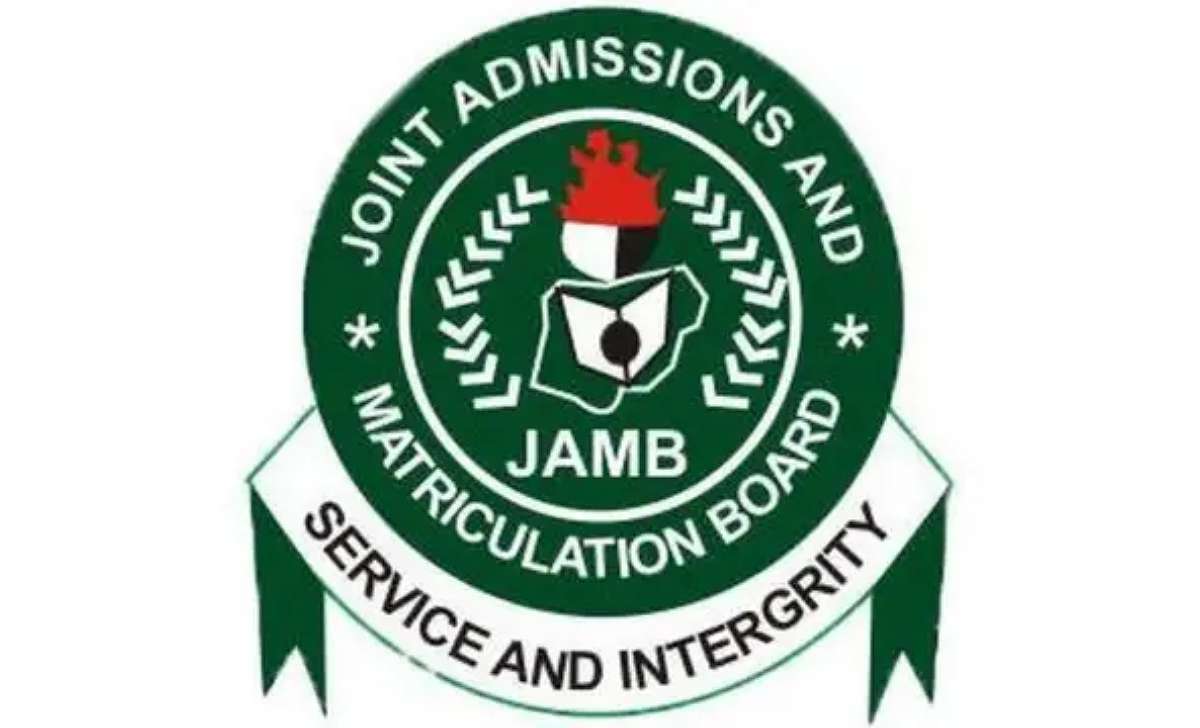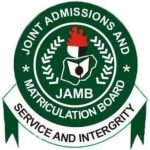The JAMB syllabus for Computer Studies 2025/2026 is an essential guide for students preparing for the Unified Tertiary Matriculation Examination (UTME).
JAMB Syllabus for Computer Studies syllabus outlines the topics and objectives to help candidates succeed.
In this article, we provide a detailed overview of the syllabus, and tips for effective study.
Why You Need the JAMB Computer Studies Syllabus
The syllabus helps you:
- Understand key topics to focus on.
- Save time by narrowing down your study to relevant areas.
- Familiarize yourself with the exam structure and objectives.
Downloading the JAMB syllabus for Computer Studies PDF ensures you have an official, up-to-date guide at your fingertips.
JAMB Syllabus for Computer Studies 2025/2026
Here’s a breakdown of the key areas covered in the syllabus:
1. Evolution of Computing
- History and development of computers.
- Classification of computers (e.g., analog, digital, hybrid).
2. Fundamentals of Computing
- Definition of data and information.
- Characteristics of computer systems.
- Basic computer operations.
3. Computer Application Packages
- Word processing (Microsoft Word).
- Spreadsheets (Microsoft Excel).
- Databases (Microsoft Access).
- Graphics and presentation tools (CorelDRAW, PowerPoint).
4. Managing Computer Files
- Types of files (text, binary, executable).
- File organization and management.
- File extensions and their uses.
5. Computer Maintenance and Safety
- Booting and shutting down procedures.
- Preventive maintenance techniques.
- Health and safety in computer labs.
6. Information and Communication Technology (ICT)
- ICT applications in education, business, and healthcare.
- Internet usage: Email, browsers, and search engines.
- Networking basics: LAN, WAN, and WLAN.
7. Programming and Problem-Solving
- Programming languages (Python, C++, Java).
- Algorithms and flowcharts.
- Writing and debugging simple programs.
8. Artificial Intelligence (AI) and Robotics
- Overview of AI and its branches.
- Introduction to robotics and its applications.
9. Computer Ethics and Cybersecurity
- Ethical use of technology.
- Cybersecurity threats and protection measures.
- Intellectual property rights.
JAMB Syllabus for Computer Studies 2025/2026
| TOPICS/CONTENTS/NOTES | OBJECTIVES |
|---|---|
| SECTION A: EVOLUTION OF COMPUTING
1. History of Computing a. Pre-Computing Age – 19th century b. Computing Devices – 20th Century c. The history behind each device |
Candidates should be able to;
i. Identify the various computing devices since the beginning of counting/computing – Abacus ii. Discuss the contributions and uses of each of the founders of these devices: – ENIAC |
| 2. Classification of computing devices
a. By Generation |
Candidates should be able to:
i. Relate each generation with its characteristic feature. ii. Describe each generation under the following: iii. Explain the differences in the classification of computing systems by size (micro, mini, mainframe, and super) iv. Differentiate among the various types of modern computer systems in respect of sizes and basic components, data and usage v. State the importance and use of these |
| SECTION B: Fundamentals of Computing
1. Overview of Computing Systems a. Two main constituents of a computer |
Candidates should be able to;
i. Define Computer system in relation to its nature and programmability Candidates should be able to; i. Define and give examples of hardware devices |
Tips for Using the JAMB Syllabus Effectively
- Plan Your Study Schedule: Divide your time according to the syllabus topics.
- Use Recommended Textbooks: Stick to textbooks specified by JAMB for in-depth coverage.
- Practice Past Questions: Solve UTME past questions related to Computer Studies.
- Leverage Online Resources: Use video tutorials and free e-learning platforms to supplement your study.
JAMB Syllabus for All Subjects
- * JAMB Syllabus for Agricultural Science 2025/2026
- * JAMB Syllabus for Arabic 2025/2026
- * JAMB Syllabus for Art 2025/2026
- * JAMB Syllabus for Biology 2025/2026
- * JAMB Syllabus for Chemistry 2025/2026
- * JAMB Syllabus for Christian Religious Studies 2025/2026
- * JAMB Syllabus for Commerce 2025/2026
- * JAMB Syllabus for Computer Studies 2025/2026
- * JAMB Syllabus for Economics 2025/2026
- * JAMB Syllabus for French 2025/2026
- * JAMB Syllabus for Geography 2025/2026
- * JAMB Syllabus for Government 2025/2026
- * JAMB Syllabus for Hausa 2025/2026
- * JAMB Syllabus for History 2025/2026
- * JAMB Syllabus for Home Economics 2025/2026
- * JAMB Syllabus for Igbo 2025/2026
- * JAMB Syllabus for Islamic Studies 2025/2026
- * JAMB Syllabus for Literature in English 2025/2026
- * JAMB Syllabus for Mathematics 2025/2026
- * JAMB Syllabus for Music 2025/2026
- * JAMB Syllabus for Physical and Health Education 2025/2026
- * JAMB Syllabus for Physics 2025/2026
- * JAMB Syllabus for Principles of Accounting 2025/2026
- * JAMB Syllabus for Use of English 2025/2026
- * JAMB Syllabus for Yoruba 2025/2026
- * JAMB UTME Syllabus for all Subjects 2025


